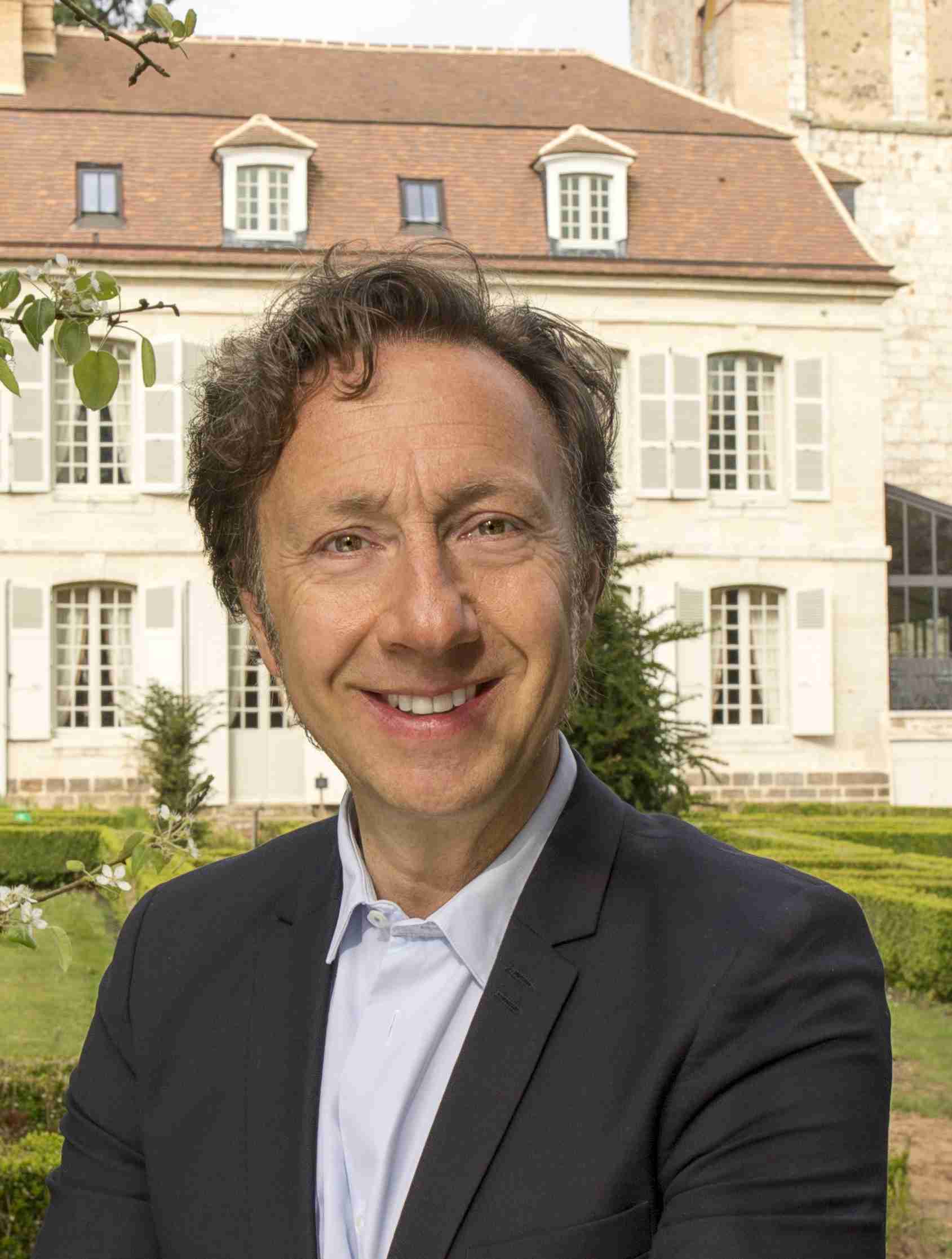He was one of the first people to speak out about the decimation of our country through the destruction of its historical and monumental buildings. As early as the 19th century, Victor Hugo said “the conservation of old monuments is not a simple question of expediency or sentiment. We do not have the right to destroy them. They don’t belong to us.” He also added: “A building has two things - its purpose and its beauty. Its purpose its owner’s affair but its beauty belongs to us all - you, me, everyone. Hence, we do not have the right to destroy it.”
We would be foolish indeed not to heed these lessons. He bequeathed us a legacy the whole world envies and, if it can withstand future tests of time, could provide a comfortable income for future generations. In a country like France - incidentally the most visited destination in the world - perhaps it is time to stop seeing the conservation and safeguarding of our heritage as a burden but rather as an investment.
Whether public or private, our heritage attracts tourists who come not only to discover our architectural treasures and historic sites but also our unique way of life, which has endured for centuries and continues to shine like a beacon in a world that is becoming increasingly globalised, sterile and standardised. I joined Mission Patrimoine in September 2017 and I hope, along with the Fondation du Patrimoine, to save over 250 monuments in danger. If we consider France as a massive open-air museum beloved of tourists then we must better thank our communities who strive to protect their village churches, and private owners who save our châteaux from rack and ruin. Château life is far from what the general public tend to imagine. The only privilege enjoyed by the people who actually live in châteaux is having a historic setting and being surrounded by breathtaking beauty.
But before you get carried away, a château is also a huge responsibility. While the public may admire their magnificence, what they do not see is the massive effort and sacrifice required for their upkeep and maintenance. The families who are custodians of these national treasures courageously take on the burden of maintenance, without for a moment considering how much easier it would be to abandon it all for a life of mod cons!
Each year, heritage buffs, often passionate young people, are seduced by this adventure and take on the challenge of breathing life back into one of these venerable homes steeped in history. A château is not a lifeless museum but an example of living heritage, which families work hard, and against all odds, to safeguard for future generations. These courageous custodians preserve historical buildings that the government alone could not do.
Châteaux provide public access to local heritage, as well as contributing to the cultural and economic dynamism of our regions. We often forget that these trailblazers for the highly lucrative tourist industry have the advantage of not being able to be relocated. The future of our villages depends on it. This special ‘Châteaux’ issue is sure to get readers dreaming. However, they may also want to consider that if they bought a château - then restoring, maintaining it, and breathing new life into it - they could also open it to the public, if it is listed as a Monuments Historiques (historical monument), and make an important contribution to France’s cultural vibrancy by safeguarding her heritage.
Latest publication: Secrets d’histoire, tome 8 published by Albin Michel.
Stéphane Bern, journalist, writer and Head of Mission Patrimoine

:strip_icc()/https%3A%2F%2Fproperties.lefigaro.com%2Fimages%2FPDF%2FCMS%2Feditions%2F765541360-1543930962.66.jpg)
